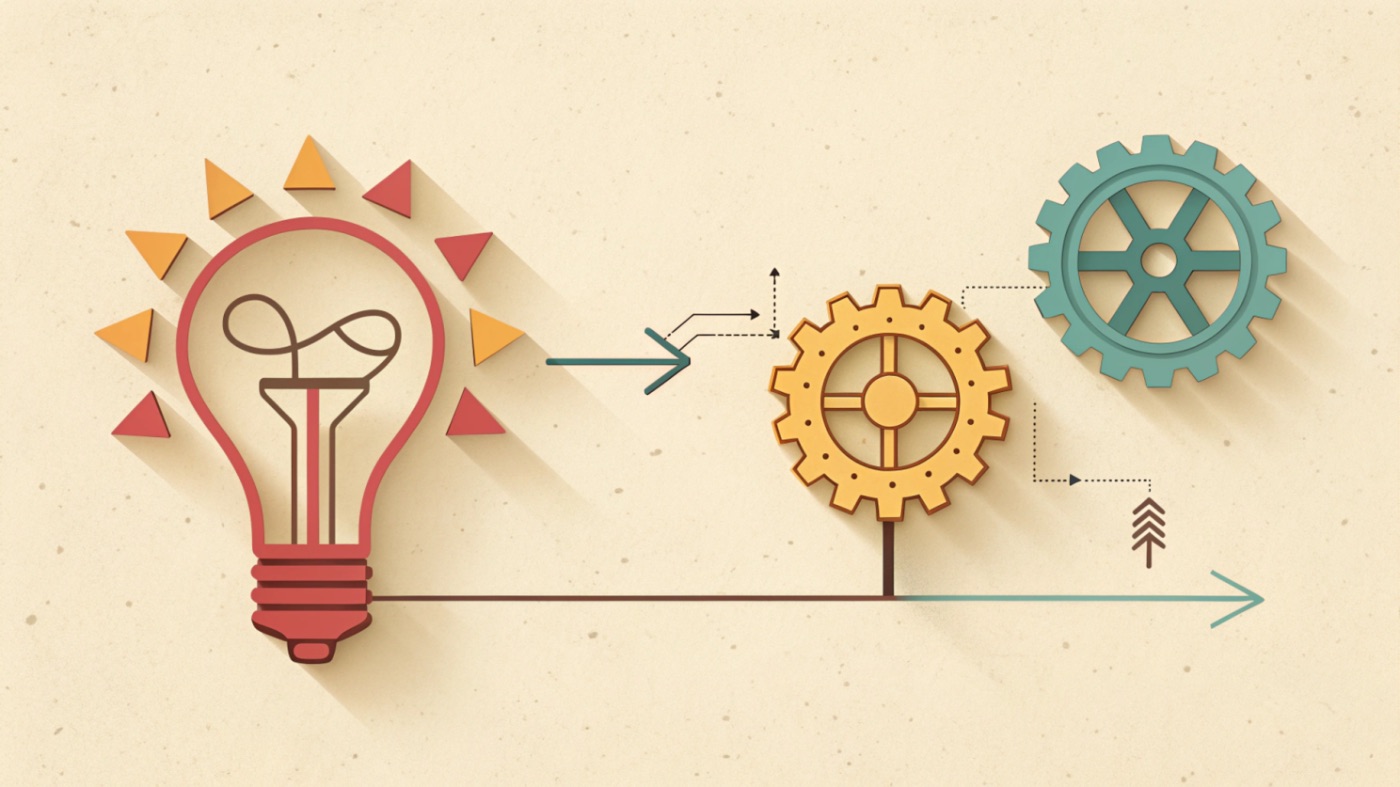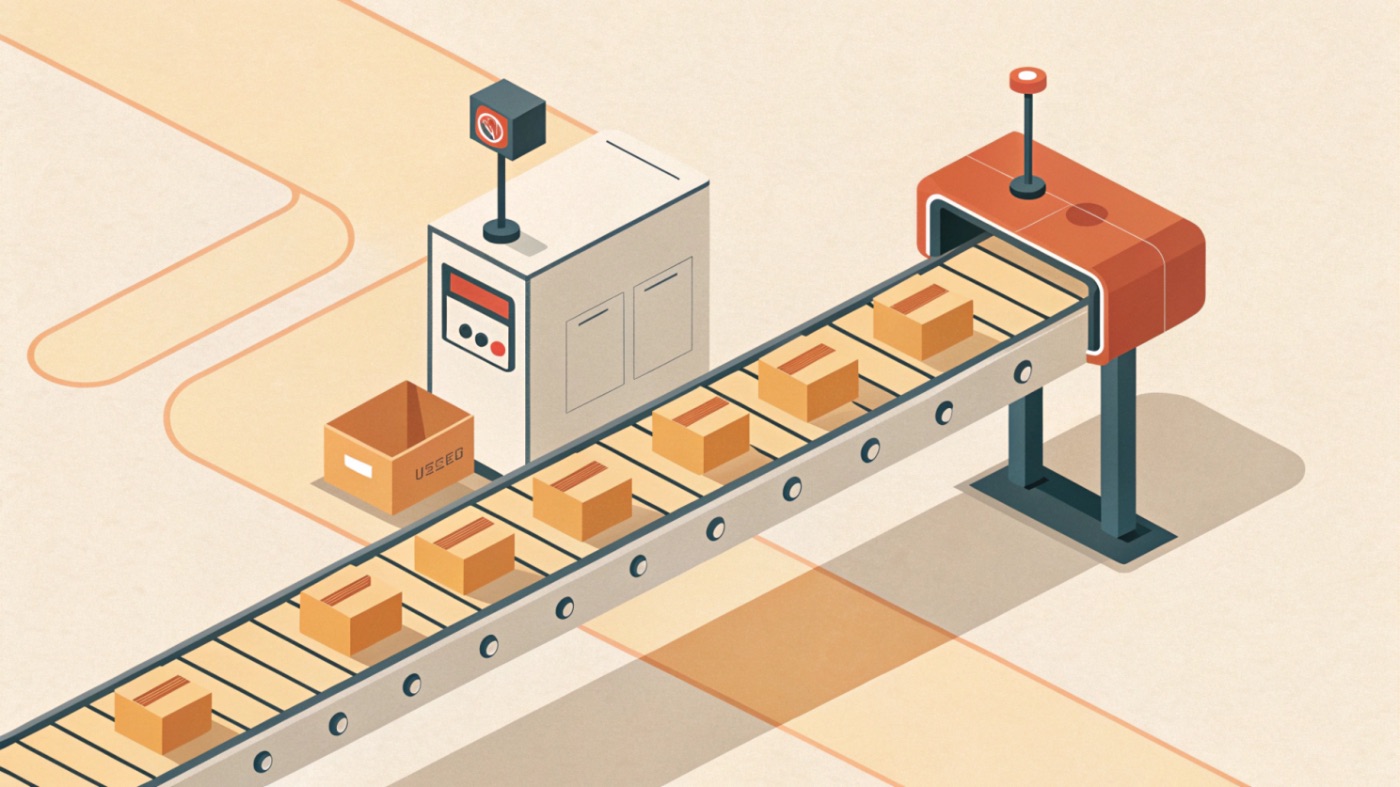Value Today Means Moving Faster Than the Plan
We live in a time when information moves faster than decisions. AI, automation, and integrations cut the development cycle from months to days, but at the same time push teams into shallow thinking. People stop going deep because there are too many goals, and priorities shift before you even finish the plan.
Before, working frameworks relied on stability: you could build a model, agree on it, and use it for years. Today there is no stability, and approaches that ignore this fact become empty shells.
Tools like Business Model Canvas, JTBD, or CJM are just containers. You can fill them with anything, even total nonsense, and nothing inside will tell you it’s wrong. Prioritization methods suffer from the same problem: without context, real data, and clear criteria, any scores are just theater for managers.
In this new reality, value comes from diving into the context faster than others and being able to rebuild solutions on the fly, without endless approval chains that kill speed.
\
What the New Value Looks Like in Practice

\ In my experience, there was a pre-seed startup where we built a working pilot in just 2 weeks — not because we wanted to impress someone, but because waiting for approvals would cost more than testing the hypothesis fast. This is not speed for the sake of speed — it’s knowing that in the moment, value is in the result, not in the process.
I often work in a compressed-role mode: handling product discovery, UX design, analytics, prototyping, documentation, and developer handoff myself — without passing work between multiple departments. This has cut delivery time for core features by 40–60% and reduced communication delays to near zero.
Future-based prioritization works the same way: a feature that now gives an “average” effect but will fit into the client’s future workflow can bring a multi-million contract. At the same time, many of today’s “successful” features will be dead in a quarter.
In several projects, automation generated tons of irrelevant data. The solution was to build a filtering and control system that keeps only what matters, instead of drowning in noise.
\
Using AI for Real Efficiency

\ In one SaaS platform, I used AI to process and cluster over 100K customer feedback entries, extracting patterns in under 2 days instead of the 2–3 weeks it would take manually. The results shaped the product roadmap for the next 6 months.
\
\ In another project, I combined AI-driven prototyping tools with manual UX adjustments to deliver a fully tested onboarding flow in 5 days — the previous iteration without AI took 3 weeks. Early analytics showed a +17% activation rate after launch.
These are not “AI experiments” — they are direct interventions where AI replaced bottlenecks and created measurable business value.
\
Historical Proof

\ \
In an interview with Christian Science Monitor in 1923, Henry Ford
\ 
\
In the early 20th century, Thomas Edison
\ 
\
And William Draper, investor in Skype and Hotmail
\ ==These words share one truth: the winner is the one who connects technology, speed, and the ability to apply it in the real context — not in a perfect model.==
\
AI and Role Compression

\ Big companies already work by this logic. Duolingo went “AI-first”: automated content creation, reduced contractors, and started to evaluate designers and engineers based on their AI skills. This is not cost-cutting for its own sake — it’s role optimization: one person now covers design, analytics, prototyping, and integration.
In my work, role compression is a default setting. I combine strategy, research, design, analytics, and AI-driven optimization — delivering end-to-end results without extra handoffs. The fewer links in the chain, the faster the product reaches the market.
\
What Remains Critical

\ Even in a world of maximum automation, there must be space for manual control. Automation without oversight only speeds up the way to a dead end: algorithms can make mistakes, and the cost of error for business is usually too high to trust a “black box” without checks. A human decides which errors are critical and takes responsibility for making AI a tool, not a source of risk.
\
\
Conclusion
==The winner is the one who dives into the reality of the task faster than anyone else, filters the noise, and makes decisions that work now — while being ready to revise them tomorrow.==
\
محتوای پیشنهادی

Little Pepe Raises $22.1M for EVM Layer-2 as Frog-Themed Memecoins Hold a $5.6B Niche
Why Investing $10 a Month in Bitcoin Until 2030 Could Change Everything
